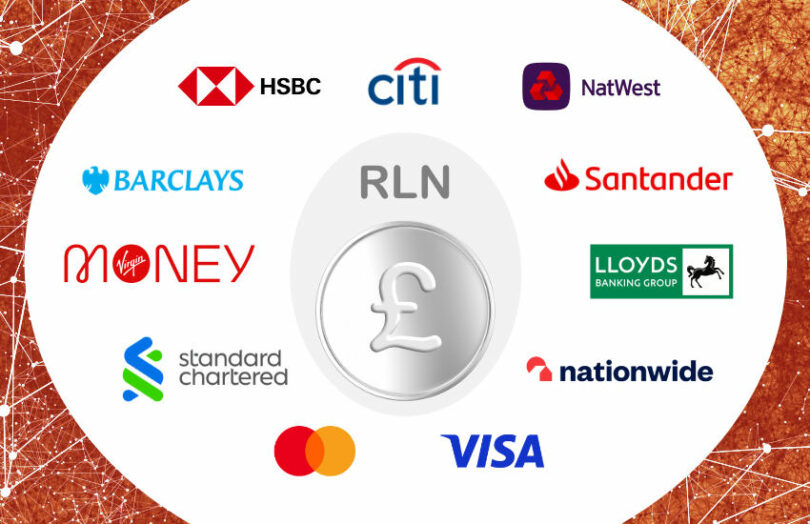UK Finance released the results of the experimentation phase of the Regulated Liability Network (RLN) which explores the potential for tokenized deposits and programmability. The banks involved were Barclays, Citi UK, HSBC UK, Lloyds Banking Group, Mastercard, NatWest, Nationwide, Santander UK, Standard Chartered, Virgin Money and Visa. The overall conclusion was the RLN provides a viable innovation platform, and the next step is to engage with regulators.
Numerous projects around the world are exploring tokenized deposits to support settlement for other tokenization solutions and to enable programmable payments, including conditional payments.
Five use cases were trialed, ranging from buying a home to the settlement of a tokenized bond. As tokenization use cases become more advanced, a key issue is their commercial viability. What are the benefits that are delivered, how much will it cost, and what are the potential revenue opportunities? The project found significant benefits and explored various revenue models. However, in order to be commercially viable, more use cases than those trialed would expand the range of transaction types. That would allow an earlier payback period.
Article continues …

Want the full story? Pro subscribers get complete articles, exclusive industry analysis, and early access to legislative updates that keep you ahead of the competition. Join the professionals who are choosing deeper insights over surface level news.






